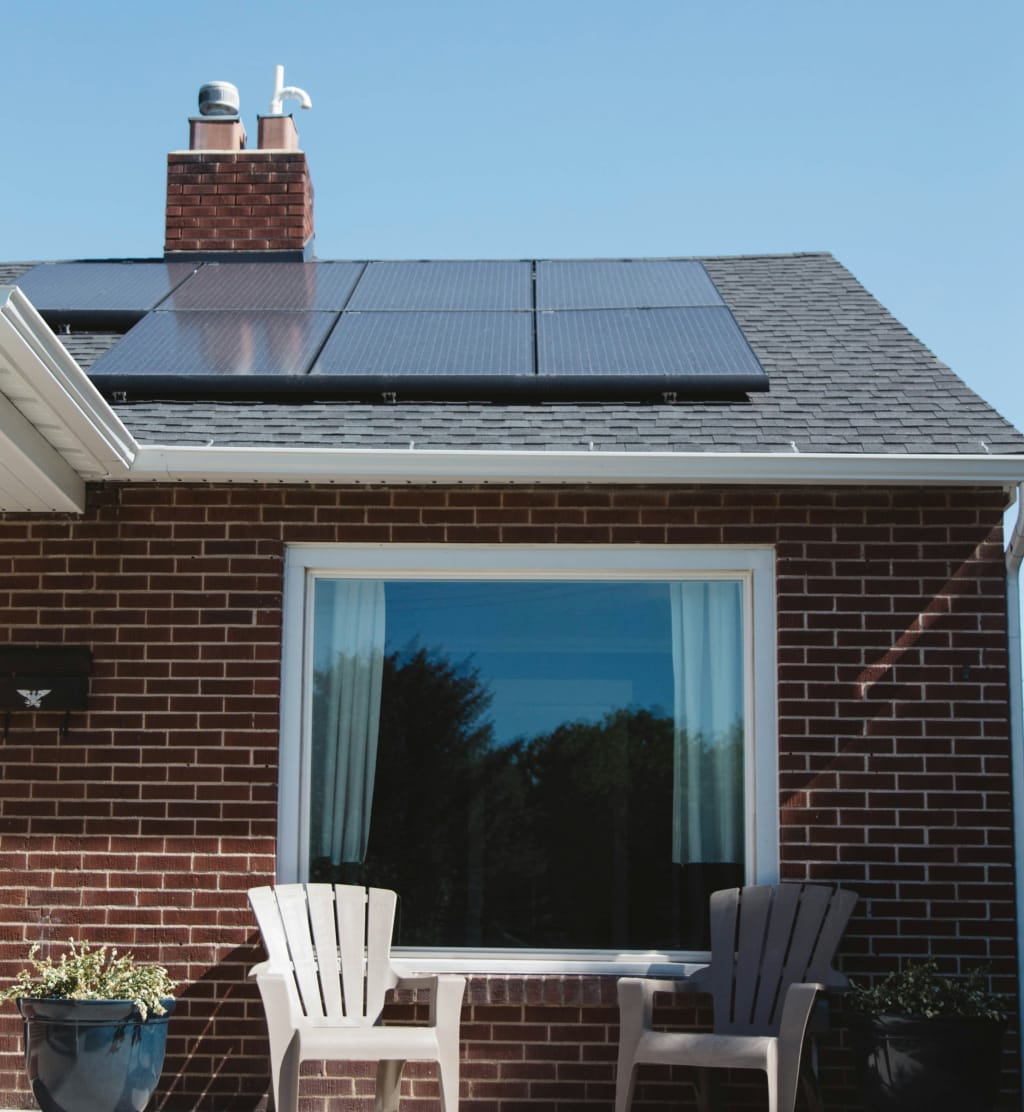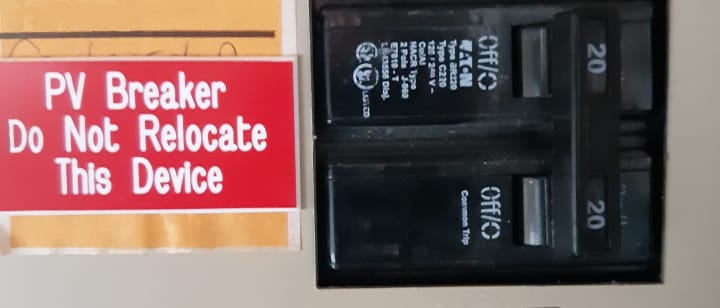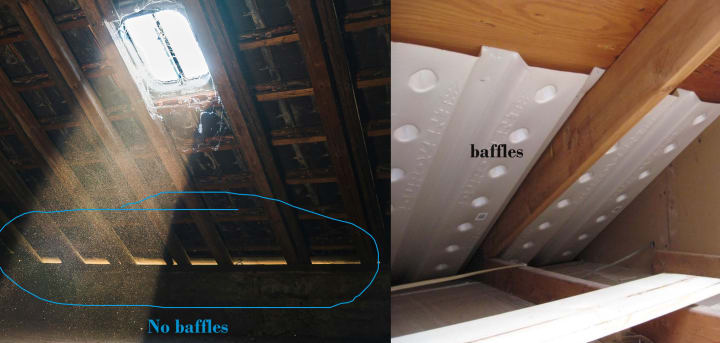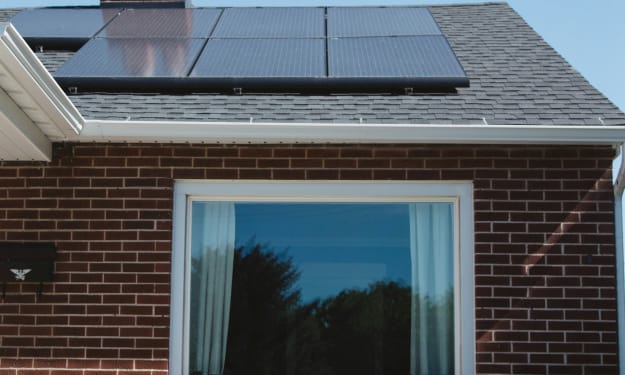Solar Panels for Homeowners - Entry 2
What you need to know about the inside of your house if you are thinking of putting solar panels on your roof

For your next steps, you don't need to brave the elements. You will need a flashlight, a ladder, jeans, a long-sleeve shirt that can get dusty, and some shoes that can also get dusty. For those of us who like clean houses, don't worry. The mess will be a small one.
The first thing you need to do is go find your electricity panel. Don't worry, you don't need to touch it! Go find it and look for something that says 100amps or 200amps or whatever amps. Take note of what that number is as that indicates the max electricity that can enter your house. Ignore all the breakers that will say 10, 15, 20, or 40 amps - those are not for your entire house.
If you cannot find the number of amps for your entire house, perhaps check with your electricity provider or your municipality. If those come up dry, call an electrician over and they will find out for you in less than 5 minutes.
Ok, while you are still standing in front of your panel, see if you have any empty space to put a breaker. The panel will need to have enough space for a breaker to be installed for the solar panels, like the one I have on mine.

Go somewhere comfy and take note of the following two things:
- if the panel's capacity is less than 200amps, that will require electrical work to bring you up to 200 amps
- if there is no space to install a breaker for solar panels, that will require electrical work to either free up space on the existing electricity panel or have an extra electricity panel installed
If there is space on the wall or panel to do that, then proceed onto the next part of the walk, where you will need a ladder and flashlight. Why? You're going to take a peak in your attic.
While you are up there, take note of how sturdy, rotten, straight, or wavy the under side of the roof looks. Any water damage? Does your attic have baffles? (In a nutshell, baffles are a thin barrier between the underside of your roof and the insulation in your roof. The goal: allow constant airflow in your attic without the insulation blocking it.)

How many passive or active heat vents does your attic have and which side(s) of the house are they on? Basically those are glorified holes in your roof to let heat escape during the hot months of the year. If you can see your roof shingles are crinkled and scrunched up from the outside, that is a clear indication that you do not have enough vents, which means your attic is overheating and is cooking your shingles from the underside!! This should not happen at all with your roof shingles, so if it happens after only five years of getting your roof re-shingled, then your roof shingles are literally getting baked!
Before you reflect on your roof, you also need to find two key pieces of info about your house. One, find out the approximate dates for the last time any work was done on your roof as well as when the shingles were replaced. Two, add up the kilowatt-hours your house consumed in the past year (AKA usage or consumption). You should be able to find that on your monthly electricity bills.
Ok, time for the last reflection. Consider:
- Were your roof shingles replaced more than eight years ago?
- Are your shingles crinkled or do they tend to crinkle within a few years of replacement?
- Are there any signs of water damage or rotting to the underside of the roof?
- Are the trusses or roof boards wavey?
If you answered yes to any of the above questions, push the pause on getting solar panels and fix your roof.
If you answered no to all the above questions, your municipality may not trust your judgement and require a structural engineer to assess your roof. Check your municipality's or regional government's requirements. Getting an assessment like this done is nowhere near as expensive as it sounds. Getting ours assessed cost us $700 (Canadian dollars) including tax. A very fair and reasonable price given structural engineers are highly educated and put their professional reputation on the line with such reports.
Tip: If you need a structural engineer's report, you may as well have them peek at other areas of your house since most charge a flat rate for the visit and report. You're paying anyway, so why not get comprehensive peace of mind?
Alright, so your roof is set and shading is likely not a detriment. Time to actually go online. Read my next article so you don't waste your time looking at the wrong thing or make the fatal mistake of overlooking two components, one of which is optional.
To read other articles in this series, click here.
If you are a gardener or if you know others who have a green thumb, check out Garden University on Etsy for eco-friendly items to express that planet-caring element.

About the Creator
Richard Soulliere
Bursting with ideas, honing them to peek your interest.
Enjoyes blending non-fiction into whatever I am writing.






Comments
There are no comments for this story
Be the first to respond and start the conversation.